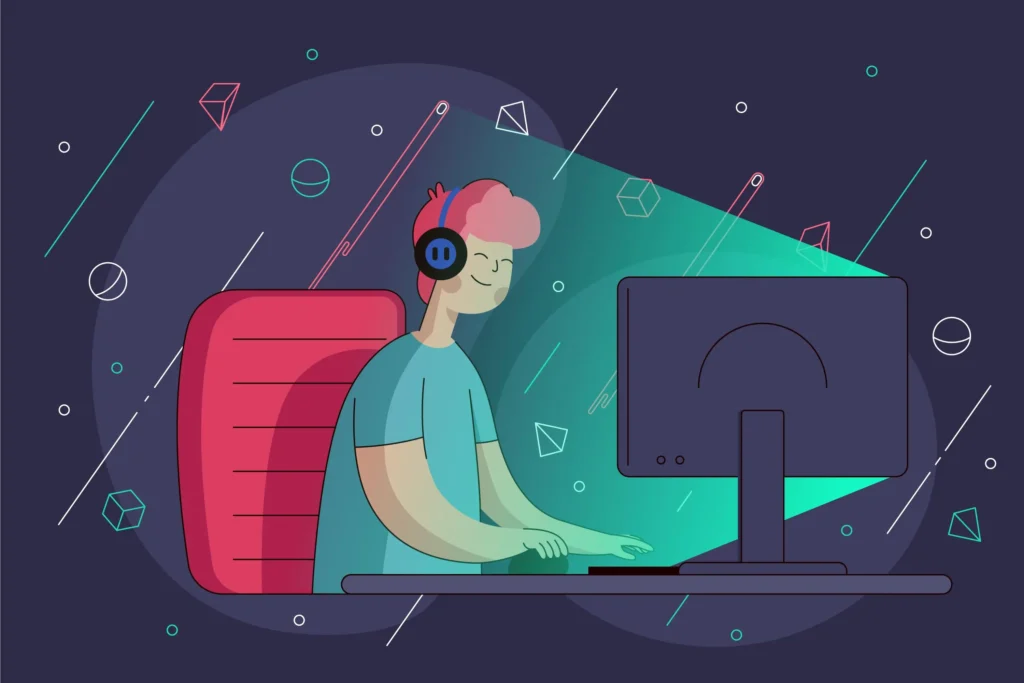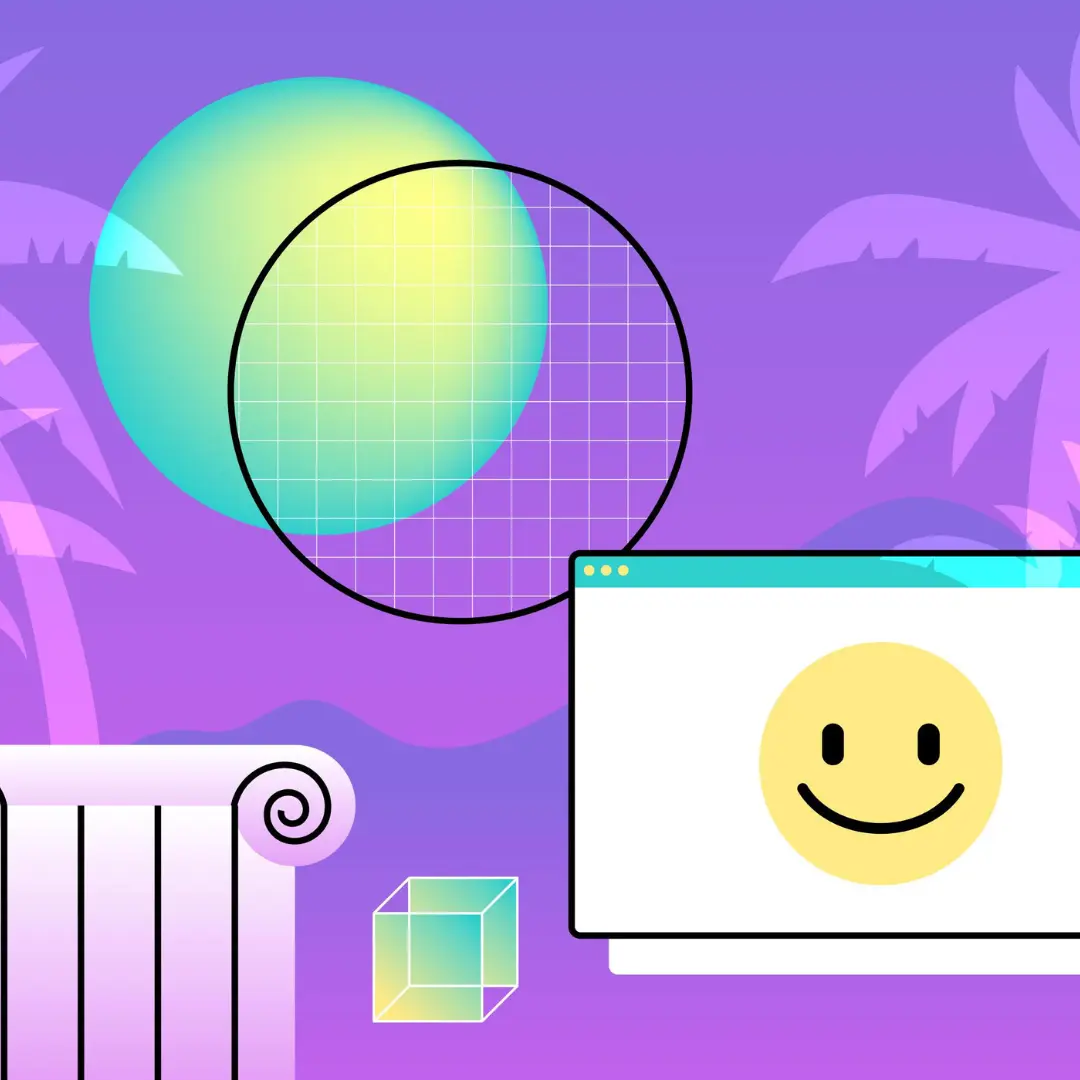Introduction
In the fast-paced world of software development, new trends emerge almost daily. Among them, vibe coding has sparked conversations across forums, social media, and development communities. Many developers and tech enthusiasts are curious—does vibe coding offer a meaningful evolution in programming, or is it just a buzzword that will fade away? In this article, we will break down what vibe coding really is, why it matters, the top tools available, how to select the right one for your workflow, practical tips, and an in-depth look at whether this approach is a passing trend or the future of programming.

By the end, you’ll have a clear understanding of whether vibe coding is worth exploring for your projects and how to leverage it effectively.
What Is Vibe Coding?
Vibe coding is more than a new programming technique; it’s a mindset. Traditionally, coding required strict adherence to syntax, detailed planning, and labor-intensive debugging. Vibe coding, on the other hand, emphasizes flow and creativity, allowing developers to focus on solving problems and designing experiences rather than getting bogged down in repetitive or low-level tasks.
This approach is often powered by low-code and no-code platforms, AI-assisted code generators, and visual development tools. For example, a developer could use a drag-and-drop interface to assemble a web app, then let AI generate backend logic or boilerplate code automatically. The goal is to reduce friction, speed up development, and make programming more accessible, even for those with limited coding experience.
In essence, vibe coding merges creativity, efficiency, and collaboration, turning programming into a more intuitive and enjoyable process.
Why Vibe Coding Matters
Vibe coding isn’t just a trendy concept; it addresses several key challenges in modern software development:
1. Accelerates Development Cycles
In today’s competitive tech landscape, speed matters. With vibe coding, developers can create prototypes, websites, and apps much faster than traditional methods. Tools like Bubble and Retool allow you to connect databases, APIs, and UI components with minimal coding, helping startups and small teams validate ideas quickly.
2. Lowers the Barrier to Entry
Not everyone has years of experience in coding. Vibe coding democratizes software development by making it easier for non-technical founders, designers, and product managers to contribute directly to the creation process. Platforms like Webflow empower beginners to build professional-looking websites without writing a single line of code.
3. Encourages Creativity
By offloading repetitive tasks to AI or low-code platforms, developers can focus on innovation, UI/UX design, and problem-solving. This freedom often leads to more creative and user-friendly products, as teams aren’t constrained by the technical minutiae of traditional coding.
4. Facilitates Collaboration
Many vibe coding platforms support real-time collaboration, version control, and cloud-based development. Teams can work simultaneously on projects without worrying about conflicting code changes, which significantly improves efficiency and reduces bottlenecks.
Top Vibe Coding Tools and Platforms
Here’s a closer look at the leading vibe coding platforms and what makes each unique:
1. Webflow
Webflow is a visual web design tool that combines drag-and-drop simplicity with powerful functionality.
- Pros:
- Intuitive interface, perfect for designers transitioning to development
- Responsive design out of the box
- Integrates seamlessly with CMS and marketing tools
- Cons:
- Backend logic is limited
- Advanced interactions can require learning Webflow-specific workflows
Example Use Case: A marketing team can design and launch landing pages in days without a developer.
2. Bubble
Bubble is ideal for building fully functional web apps without coding.
- Pros:
- Visual workflows and logic creation
- Extensive plugin ecosystem
- Active community for support and tutorials
- Cons:
- Performance can slow down with complex apps
- Pricing tiers increase quickly for high-traffic apps
Example Use Case: Startups creating MVPs can prototype apps like marketplaces or dashboards rapidly.
3. Retool
Retool is designed for internal tools, connecting seamlessly with databases and APIs.
- Pros:
- Drag-and-drop interface for creating dashboards and tools
- Fast integration with SQL, REST APIs, and external services
- Great for internal business applications
- Cons:
- Not ideal for customer-facing apps
- Some technical knowledge is required for complex workflows
Example Use Case: A company builds a custom analytics dashboard for internal teams without heavy backend coding.
4. Figma + Plugins
Figma, while primarily a design tool, has plugins that support auto-generated code, bridging design and development.
- Pros:
- Excellent for UI/UX design
- Real-time collaboration
- Supports handoff to developers with minimal friction
- Cons:
- Limited backend capabilities
- More frontend-focused
Example Use Case: Designers can create interactive prototypes and export components ready for development.
5. GitHub Copilot
An AI-powered coding assistant that suggests code snippets as you type.
- Pros:
- Speeds up coding and reduces boilerplate work
- Supports multiple programming languages
- Helps both beginners and experienced developers
- Cons:
- Can generate incorrect or inefficient code
- Requires careful review and validation
Example Use Case: Developers working on repetitive tasks, such as writing CRUD operations or standard functions, can save hours.
How to Choose the Best Vibe Coding Option
Selecting the right platform requires careful consideration of your project and workflow. Here’s a detailed guide:
Step 1: Assess Your Project Complexity
- Simple website → Webflow or Figma
- Internal tool or dashboard → Retool
- Full-featured web app → Bubble
- Custom coding with AI assistance → GitHub Copilot
Step 2: Consider Your Skill Level
- Beginners → Drag-and-drop platforms (Webflow, Bubble)
- Experienced developers → AI-assisted tools like GitHub Copilot for coding efficiency
Step 3: Evaluate Integration Needs
- Does your project require APIs, external databases, or payment gateways?
- Ensure the platform supports seamless integrations.
Step 4: Factor in Collaboration
- Teams should prioritize platforms with real-time collaboration, version control, and cloud deployment.
Step 5: Test Before Committing
- Most platforms offer free trials or limited plans—use them to assess workflow, speed, and usability.
Tips for Effective Vibe Coding
- Set Clear Objectives: Before starting, define your project goals, target audience, and expected outcomes. This prevents wasted time and helps maintain focus.
- Combine Tools When Necessary: Don’t limit yourself to a single platform—mix low-code, AI-assisted coding, and traditional programming when it fits your workflow.
- Prioritize Quality Over Speed: Fast development is great, but maintain code quality and usability. Errors or messy outputs can accumulate if ignored.
- Engage with Communities: Vibe coding platforms often have thriving communities. Tutorials, forums, and templates can accelerate your learning.
- Stay Updated: Vibe coding evolves rapidly. Keep up with new features, integrations, and workflow improvements.
Pros and Cons of Vibe Coding
Pros:
- Speeds up prototyping and app development
- Makes coding accessible to non-technical users
- Encourages creativity and problem-solving
- Supports real-time collaboration
- Often integrates well with modern workflows
Cons:
- Limited for highly customized or complex projects
- Dependency on platform updates or ecosystem
- Subscription costs can add up
- Learning curves exist for advanced features
- Over-reliance on AI can produce errors if unchecked
Is Vibe Coding a Trend or the Future?
There are two schools of thought:
- Trend Perspective: Some argue vibe coding is a temporary hype, largely driven by marketing and the novelty of low-code and AI-powered tools. Certain complex or enterprise-level projects may still require traditional coding skills.
- Future Perspective: Others believe vibe coding is part of a broader shift in software development. The demand for faster prototyping, more accessible development, and collaborative workflows aligns with what vibe coding offers. Many see it as complementary to traditional programming, not a replacement.
Verdict: While traditional coding will never disappear, vibe coding represents a meaningful evolution in development. It empowers creativity, accelerates project delivery, and opens programming to a wider audience—traits likely to shape the future of software development.
Conclusion
Vibe coding is more than a passing trend—it’s an innovative approach to building software that emphasizes flow, creativity, and collaboration. By leveraging modern platforms, low-code tools, and AI assistance, developers can create apps, websites, and internal tools faster and more efficiently than ever.
For beginners, it lowers the barrier to entry. For experienced developers, it enhances productivity and reduces repetitive tasks. While not all projects can rely solely on vibe coding, it has proven to be a valuable complement to traditional programming practices.
In short, vibe coding isn’t just about riding a wave—it’s about embracing a new era of development that values speed, creativity, and collaboration.
FAQ About Vibe Coding
What is vibe coding and why is it important?
Vibe coding is a modern programming approach emphasizing flow, creativity, and efficiency. It allows developers to focus on design, logic, and innovation while minimizing repetitive tasks.
Can beginners use vibe coding tools effectively?
Yes. Platforms like Webflow and Bubble make it easy for beginners to create professional websites and apps without deep coding knowledge.
Are vibe coding platforms suitable for large-scale projects?
They work best for prototypes, MVPs, and small-to-medium applications. Large-scale or highly customized systems may still require traditional coding.
What are the top vibe coding tools in 2025?
Webflow, Bubble, Retool, Figma with plugins, and GitHub Copilot are leading options.
Is vibe coding a short-lived trend or the future of programming?
While some features may be trendy, vibe coding reflects a larger evolution in development practices, emphasizing speed, creativity, and collaboration—making it a strong contender for the future.

[…] Vibe Coding: The Truth – Is It a Trend or the Future? What Is DevOps? Full Guide to Tools, Practices & Benefits Toxic Work Environment: Signs, Causes, and How to Escape It […]